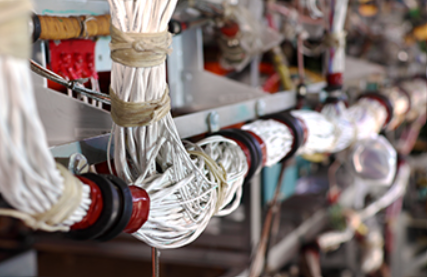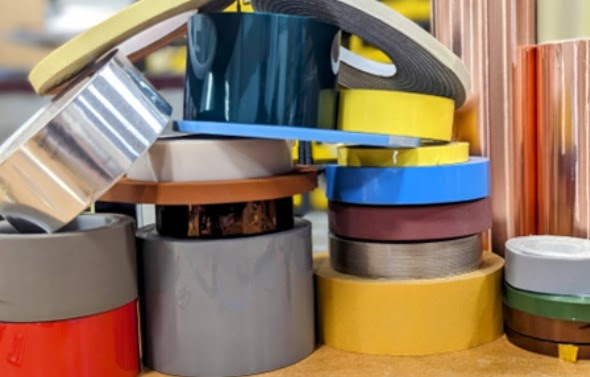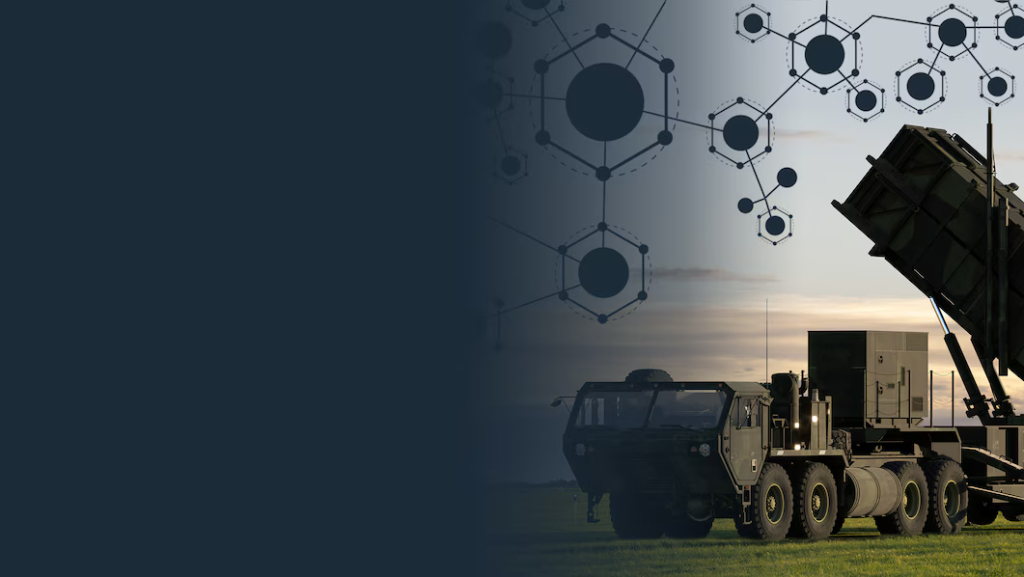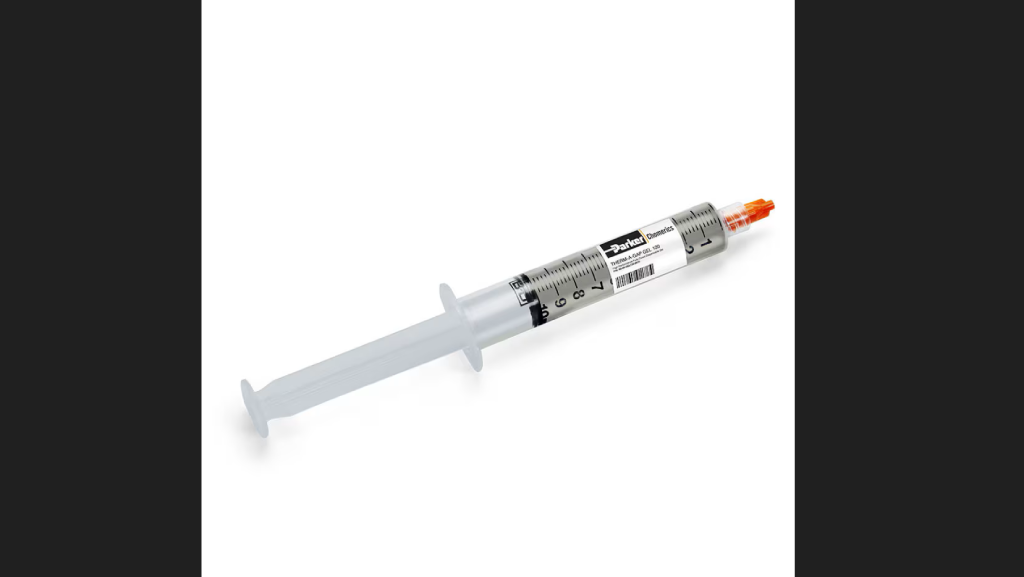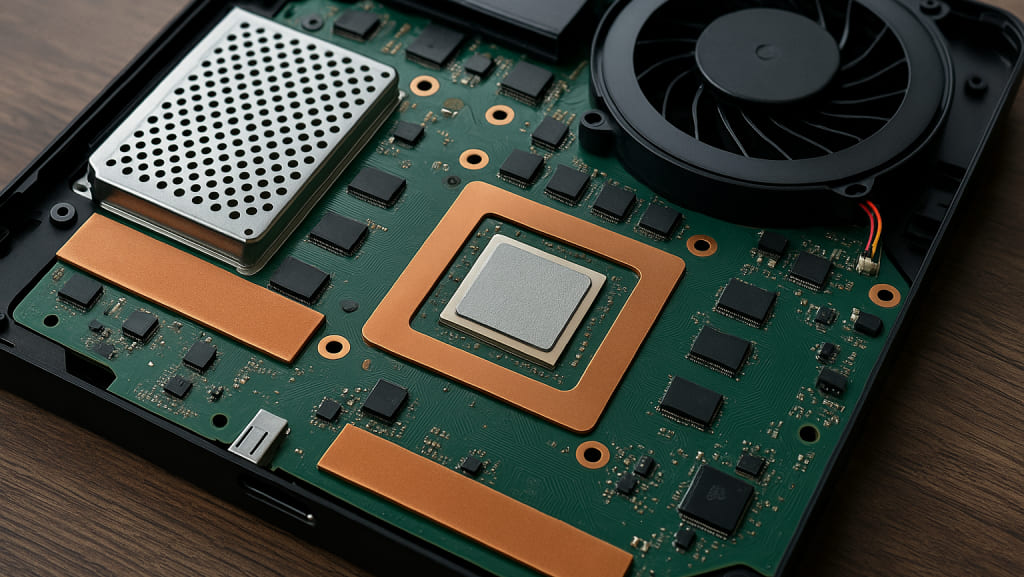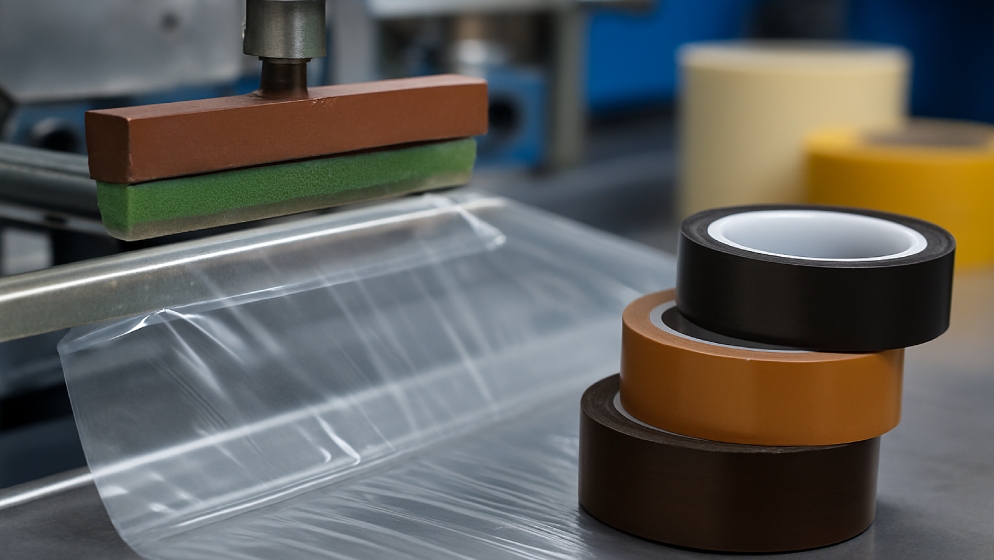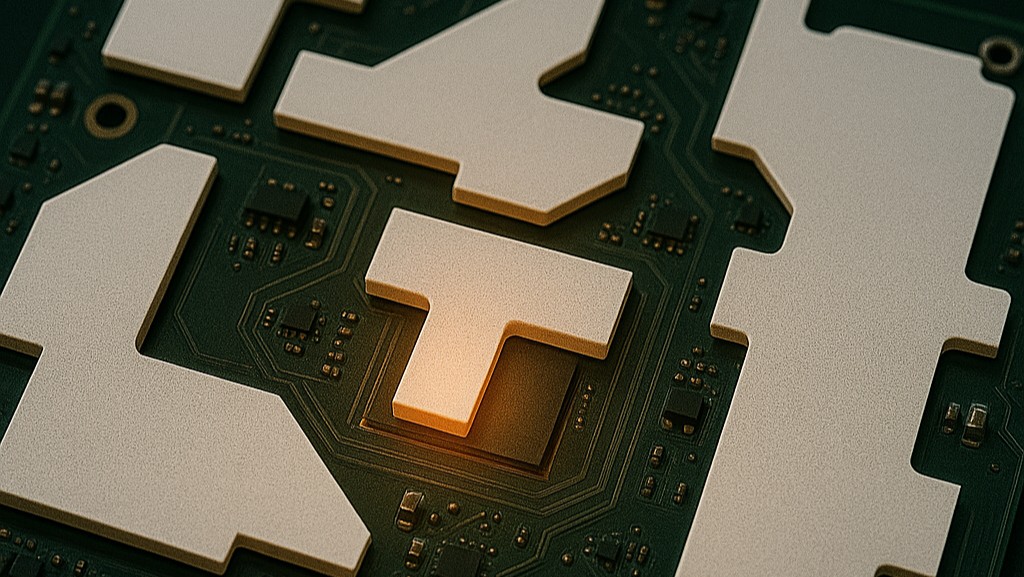The Vital Role of Wiring in Aviation
Have you ever considered how much wiring is integrated into a modern aircraft? A typical commercial airplane contains anywhere from 50 to 100 kilometers (31 to 62 miles) of wiring, with larger models like the Airbus A380 or Boeing 787 incorporating up to 200 kilometers (124 miles). These extensive wiring networks are essential for critical systems, including navigation, communication, lighting, and power distribution. Given their importance, aerospace engineers must prioritize durable and high-performance wire and cable solutions.
One material that has revolutionized aerospace wiring is polytetrafluoroethylene (PTFE). With its outstanding thermal, electrical, and mechanical properties, PTFE is redefining industry standards for wire and cable insulation, ensuring enhanced reliability and safety in demanding aviation environments.
Why PTFE is an Ideal Choice for Aerospace Wire and Cable Applications
Aircraft wiring systems play an indispensable role in maintaining control, communication, and power distribution. Given their significance, selecting the right insulation materials is crucial to ensuring long-term performance, structural integrity, and passenger safety. PTFE stands out due to its exceptional combination of properties that enhance efficiency and durability.
Key benefits of PTFE in aerospace wire and cable applications include:
-
High Thermal Resistance: PTFE can withstand extreme temperature variations, making it ideal for aerospace environments where wiring is exposed to intense heat and cold.
-
Superior Electrical Insulation: Its excellent dielectric strength helps prevent electrical shorts and failures, improving overall aircraft safety and signal integrity in mission-critical systems.
-
Low Friction and Mechanical Durability: PTFE’s naturally low coefficient of friction minimizes wear and tear on wire and cable systems, extending their lifespan and reducing maintenance requirements.
PTFE Films: Enhancing Wire and Cable Performance in Aviation
PTFE films offer multifunctional advantages when used in aerospace wire and cable applications. These advanced materials serve as insulation layers, provide thermal protection, and deliver low-friction surface properties that contribute to overall system reliability.
Innovative PTFE film technologies, such as Saint-Gobain® Norgard® Skived or Extruded PTFE Films, integrate multiple performance-enhancing properties into a single solution. Designed for high-temperature, corrosive, and mechanically demanding conditions, these films help ensure long-lasting, reliable operation in aerospace wiring systems.
-
Reduced Wear and Enhanced Flexibility: When applied as a low-friction coating, PTFE films minimize abrasion, allowing smoother movement and greater flexibility in dynamic applications.
-
Moisture and Chemical Resistance: PTFE’s hydrophobic and chemically inert nature protects wires and cables from moisture, corrosion, and harsh environmental exposure, increasing the longevity of electrical systems.
The Future of Aerospace Wiring with PTFE
PTFE is more than just an insulation material—it is a key driver of innovation in aerospace technology. As the aviation industry continues to push the boundaries of performance and reliability, PTFE-based solutions will play an even greater role in advancing wire and cable systems.
Are you ready to upgrade your aerospace wiring with cutting-edge PTFE technology? Contact a tape specialist at Matrix Technology to explore advanced solutions designed to meet the stringent demands of modern aviation.
